
Sapeur du temps perdu IV

Sapeur from the Tin Tribes In The Garden Of Ether by Nicolas Laborie presents a selection of unique photographs looking at a number of different subcultures, where style and fashion play an important part, be it for political reasons, issues of freedom, resistance, gender equality or self- expression against the norm and society. The various styles are represented in this book using an historical photographic process created in the 19th century - wet plate collodion - as an homage to early Victorian photographic portraits.
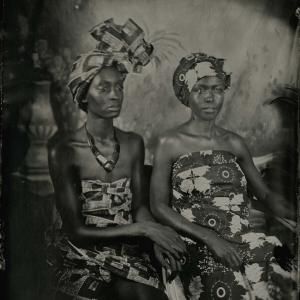
African Queens IV

African queens from the Tin Tribes In The Garden Of Ether by Nicolas Laborie presents a selection of unique photographs looking at a number of different subcultures, where style and fashion play an important part, be it for political reasons, issues of freedom, resistance, gender equality or self- expression against the norm and society. The various styles are represented in this book using an historical photographic process created in the 19th century - wet plate collodion - as an homage to early Victorian photographic portraits.
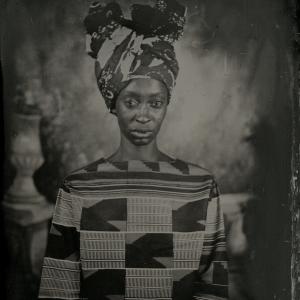
African queen IV
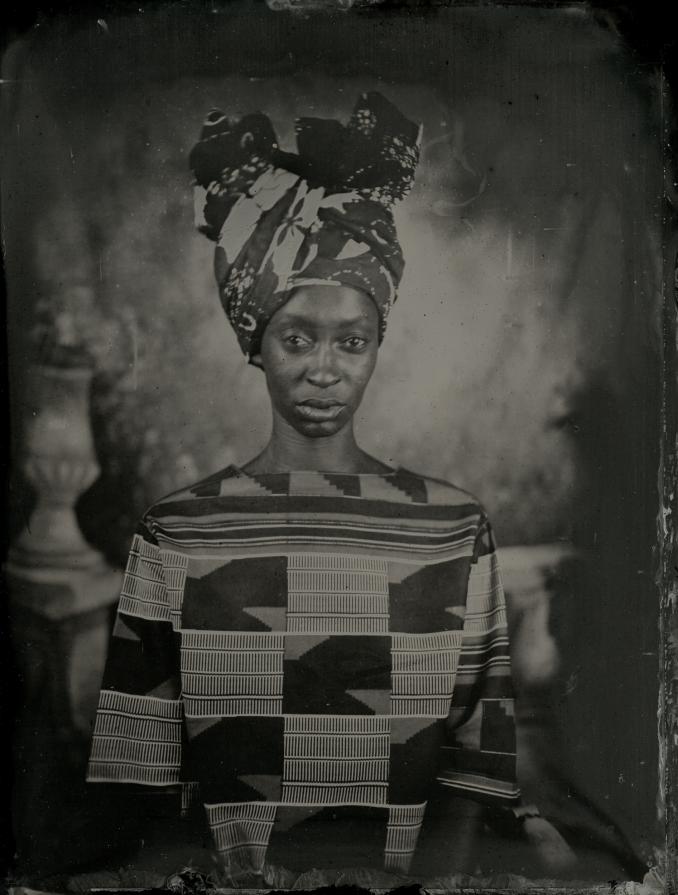
An African queen from the Tin Tribes In The Garden Of Ether by Nicolas Laborie presents a selection of unique photographs looking at a number of different subcultures, where style and fashion play an important part, be it for political reasons, issues of freedom, resistance, gender equality or self- expression against the norm and society. The various styles are represented in this book using an historical photographic process created in the 19th century - wet plate collodion - as an homage to early Victorian photographic portraits.

Sweet Lolita V
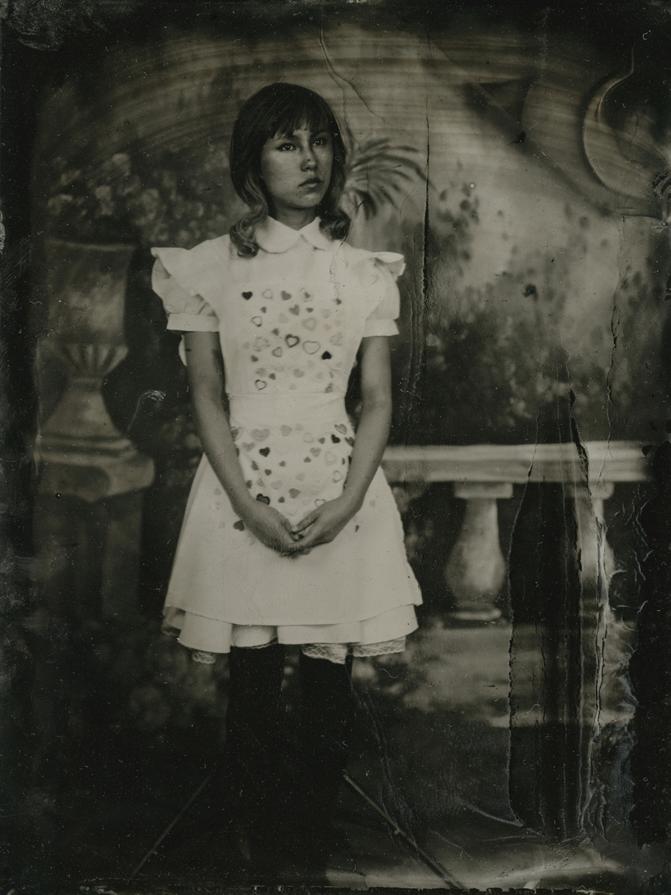
A sweet lolita from the Tin Tribes In The Garden Of Ether by Nicolas Laborie presents a selection of unique photographs looking at a number of different subcultures, where style and fashion play an important part, be it for political reasons, issues of freedom, resistance, gender equality or self- expression against the norm and society. The various styles are represented in this book using an historical photographic process created in the 19th century - wet plate collodion - as an homage to early Victorian photographic portraits.
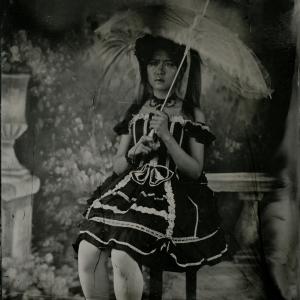
Gothic lolita
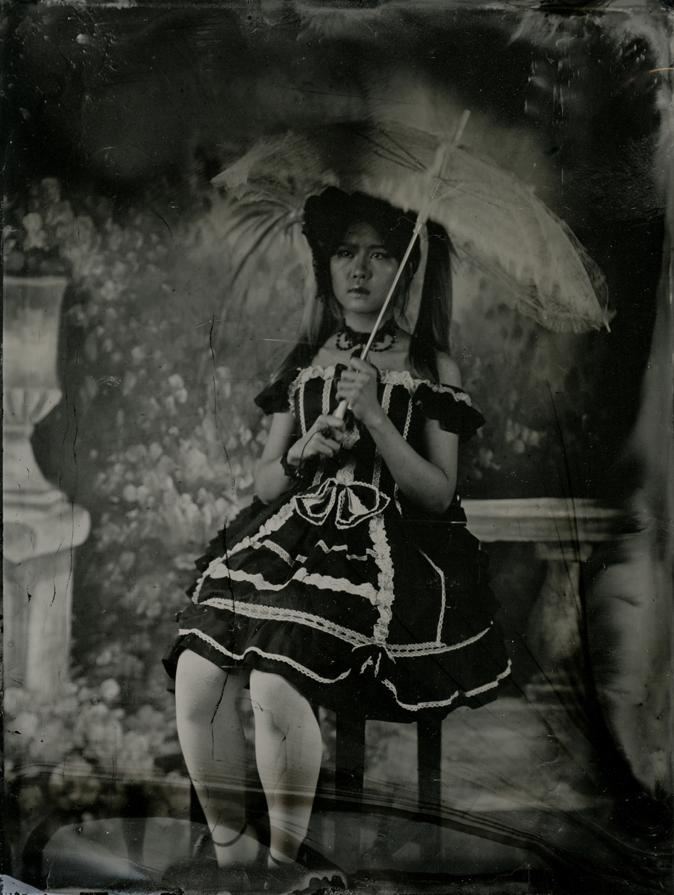
A gothic Lolita from the Tin Tribes In The Garden Of Ether by Nicolas Laborie presents a selection of unique photographs looking at a number of different subcultures, where style and fashion play an important part, be it for political reasons, issues of freedom, resistance, gender equality or self- expression against the norm and society. The various styles are represented in this book using an historical photographic process created in the 19th century - wet plate collodion - as an homage to early Victorian photographic portraits.

Wild one III
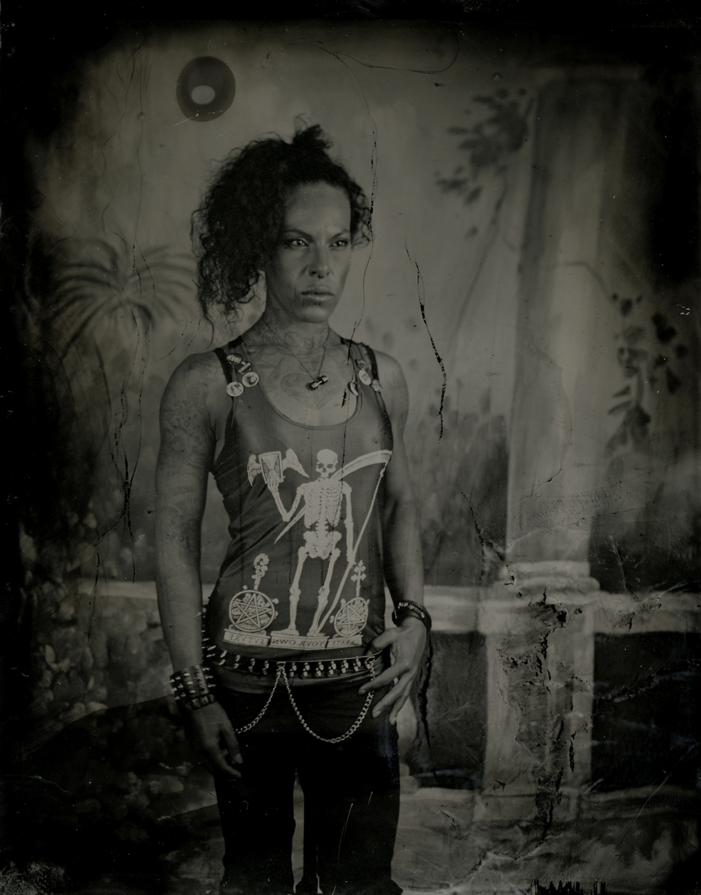
A rocker "wild one" from the Tin Tribes In The Garden Of Ether by Nicolas Laborie presents a selection of unique photographs looking at a number of different subcultures, where style and fashion play an important part, be it for political reasons, issues of freedom, resistance, gender equality or self- expression against the norm and society. The various styles are represented in this book using an historical photographic process created in the 19th century - wet plate collodion - as an homage to early Victorian photographic portraits.
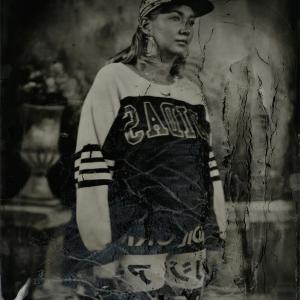
Chav V
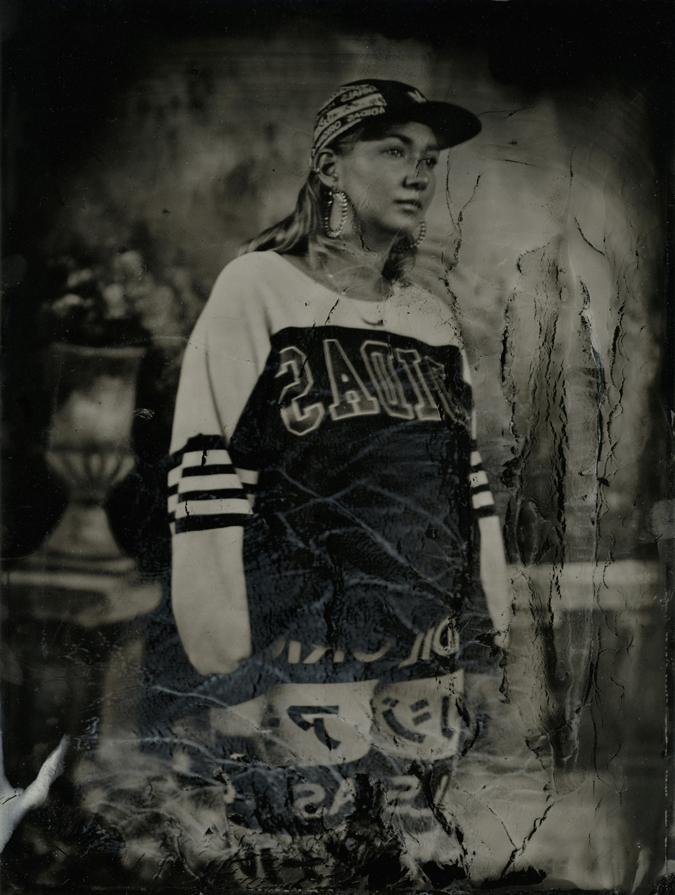
A self titled Chav from the Tin Tribes In The Garden Of Ether series by Nicolas Laborie presents a selection of unique photographs looking at a number of different subcultures, where style and fashion play an important part, be it for political reasons, issues of freedom, resistance, gender equality or self- expression against the norm and society. The various styles are represented in this book using an historical photographic process created in the 19th century - wet plate collodion - as an homage to early Victorian photographic portraits.
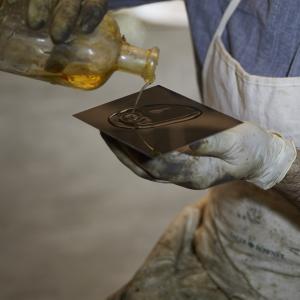
Process of Wet plate collodion
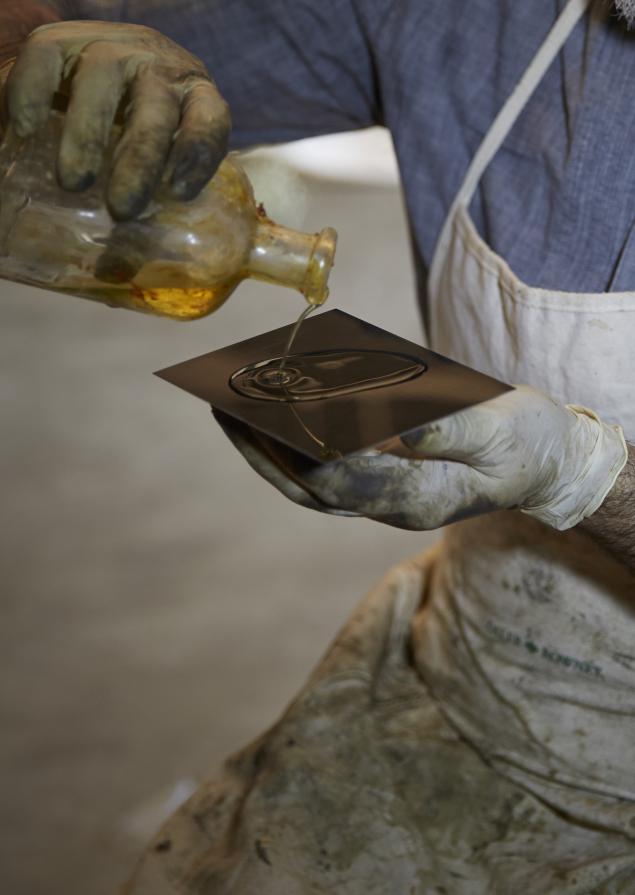
Invented by Frederick Scott Archer in 1851, the Wet Plate method is a process using panes of glass, coated with a highly toxic chemical solution to become a negative. Wet Plate Collodion is a demanding, expensive and lengthy unique historic process, which can also produce a positive image using tin or aluminum instead of glass
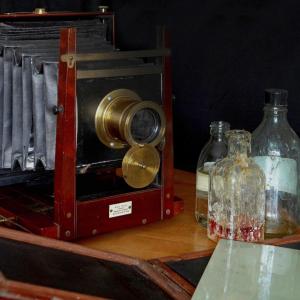
Large format wooden camera 1903
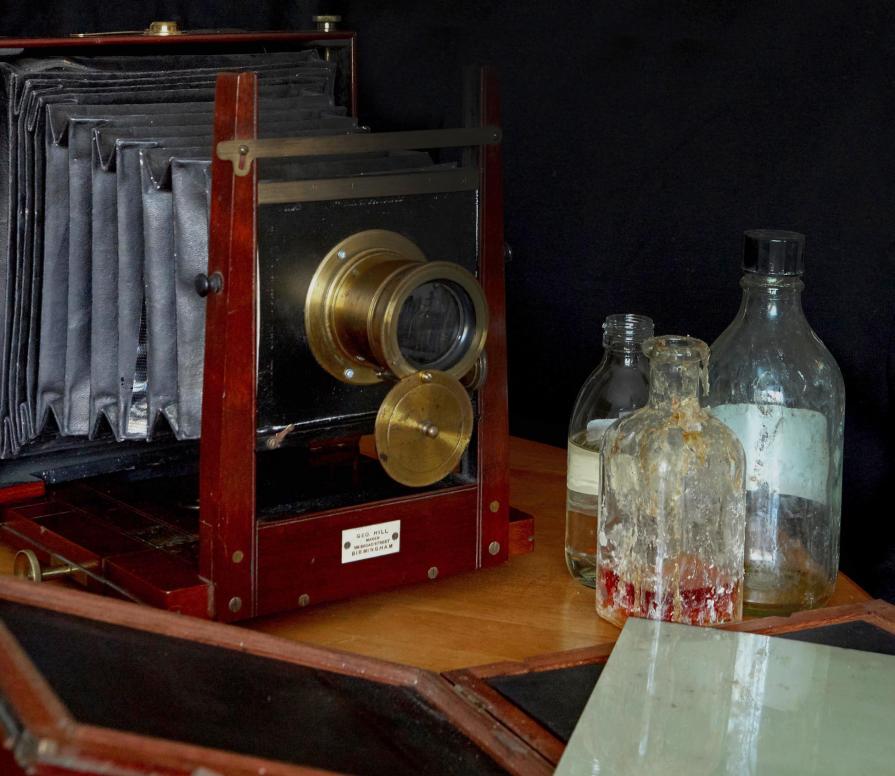
Large format wooden camera dated from 1903 which i use for my wet plate collodion work. Invented by Frederick Scott Archer in 1851, the Wet Plate method is a process using panes of glass, coated with a highly toxic chemical solution to become a negative. Wet Plate Collodion is a demanding, expensive and lengthy unique historic process, which can also produce a positive image using tin or aluminum instead of glass
Tin Tribes in the garden of Ether
The various styles are represented in this book using an historical photographic process created in the 19th century - wet plate collodion - as an homage to early Victorian photographic portraits.
The various subcultures included in Tin Tribes In The Garden Of Ether vary widely from the Sapeurs and Queens of Africa; to the tattoos and leather jackets of the Wild Ones; the Far Eastern Lolita culture; and, finally, the recent UK phenomenon of the Chavs. Once these subcultures entered the Garden of Ether, cracks appeared, caused not only by the chemical reactions on the wet plates, but also as a result of social fractures across the world.
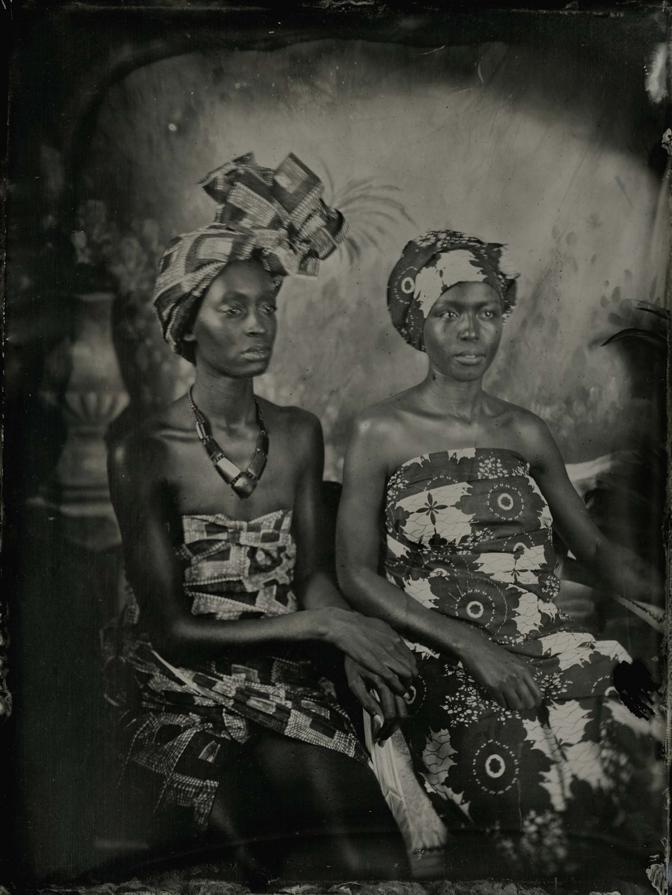



















Comments 0
Say something